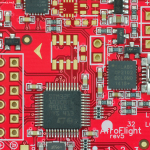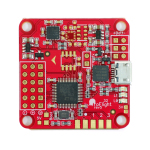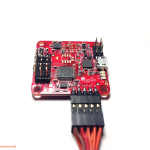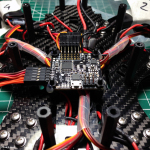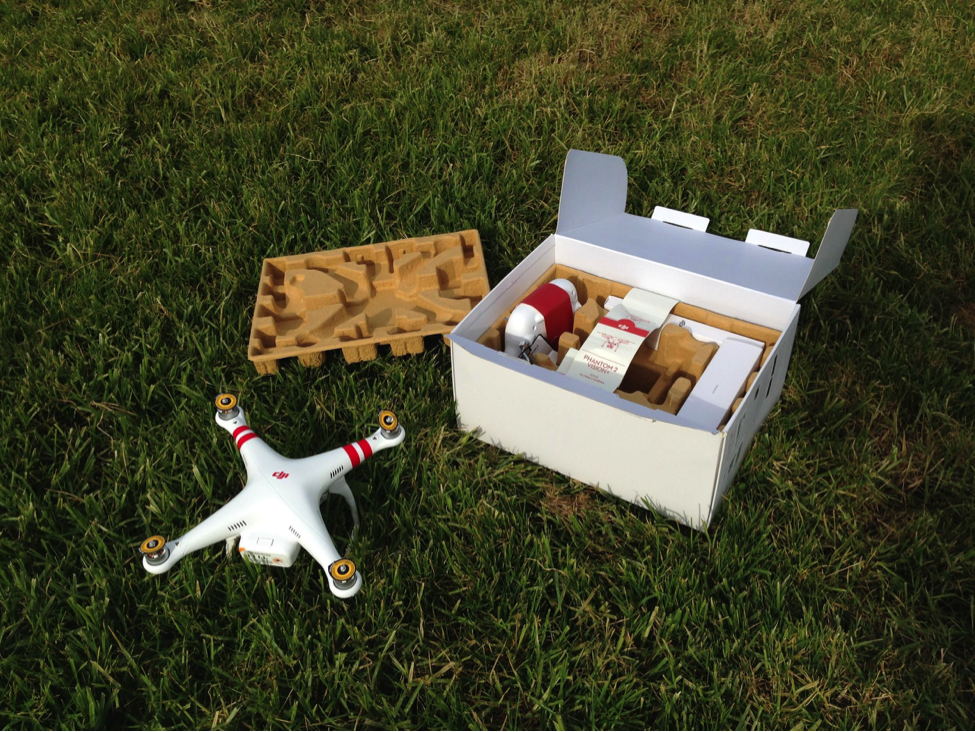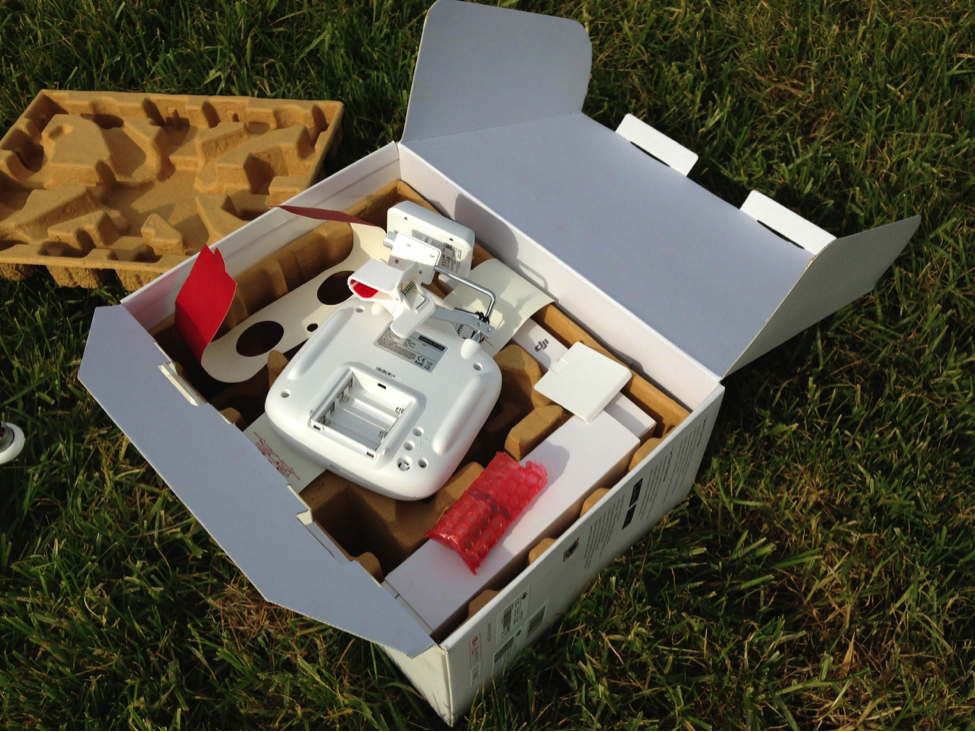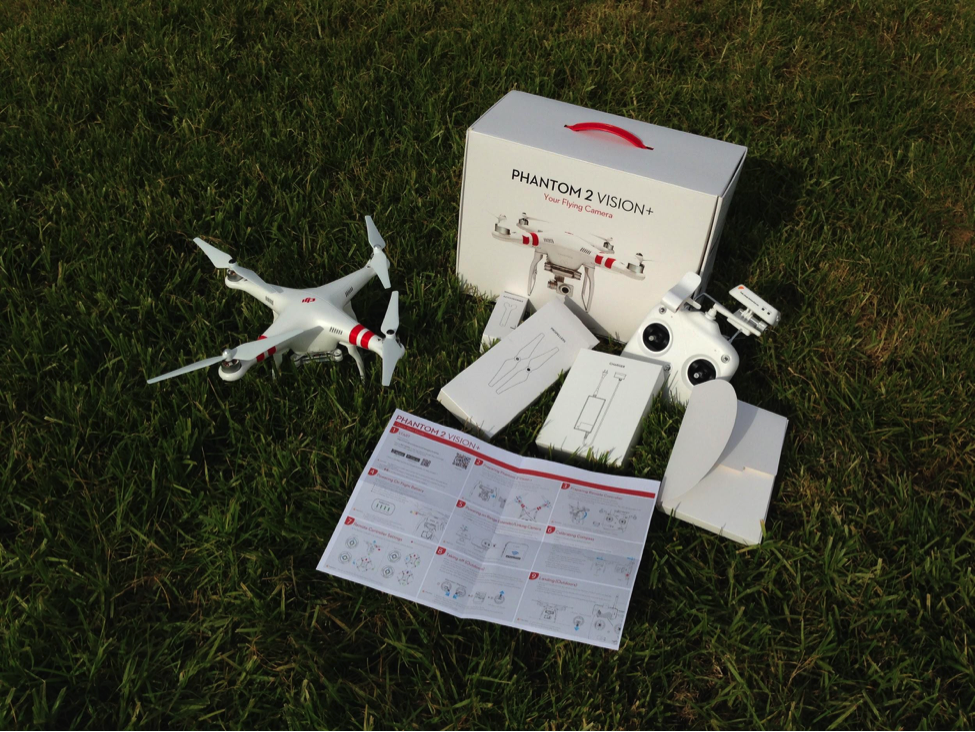Skysense Debuts Charging Pad for Parrot Bebop Drone at CES 2015
I am glad to publish the following press release from SkySense:
##########################################
Berlin, January 2, 2015.
Charging drone batteries by having to disconnect them is now a thing of the past. The Skysense Charging Pad makes charging batteries as easy and landing on the charging station. Enabling remotely managed flights and fully automated missions. Preorders with a shipping date of February 2015, are now being taken at http://skysense.de/preorder.

The response that Skysense has received from early customers and the global UAV community has been very strong and Skysense has partnered with many innovative companies in the drone industry.

At CES, Skysense and Parrot will debut a smart battery module specifically designed for the Parrot Bebop Drone. After its demo with the MYO gesturecontrol armband last year, Parrot confirms once again its openness and interest in collaborating with startups on its most innovative products.
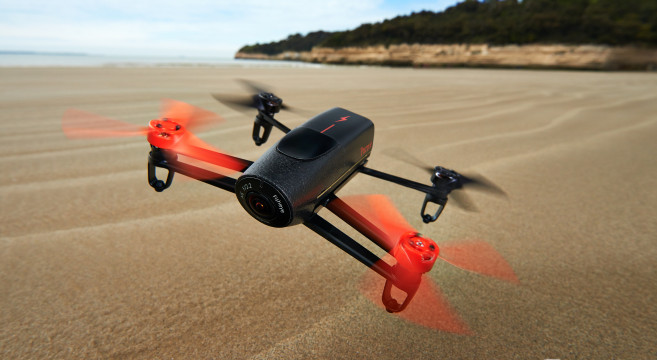
Since its inception in April 2014, Skysense started delivering the first units, joined the Start-Up Chile family and announced a fundraising campaign for their new ambitious product line.
Andrea Puiatti, Skysense CEO, will be attending CES and welcomes visitors to meet with him at the Parrot booth, from January 6th 9th. In addition to demonstrating the charging pad, Andrea will also be discussing the company’s vision and the next big challenge.
Stay tuned on the Personal Drones Blog for the latest quadcopter and multirotor news!
SOURCE: Personal Drones – Read entire story here.



 Most of all, it’s because as our platforms have matured, they are increasingly heading in the same direction as Linux itself. The extraordinary improvements in mobile hardware technology (thanks Intel and Qualcomm!) and cloud technology (thanks Box and Baidu!), means that our community and software is increasingly running on gigahertz-class Linux computers and with constant broadband connections to the cloud. That means that the opportunity for us to join forces with the broader Linux and Embedded Linux communities is now, and the Linux Foundation is the perfect place to lead that convergence.
Most of all, it’s because as our platforms have matured, they are increasingly heading in the same direction as Linux itself. The extraordinary improvements in mobile hardware technology (thanks Intel and Qualcomm!) and cloud technology (thanks Box and Baidu!), means that our community and software is increasingly running on gigahertz-class Linux computers and with constant broadband connections to the cloud. That means that the opportunity for us to join forces with the broader Linux and Embedded Linux communities is now, and the Linux Foundation is the perfect place to lead that convergence.




